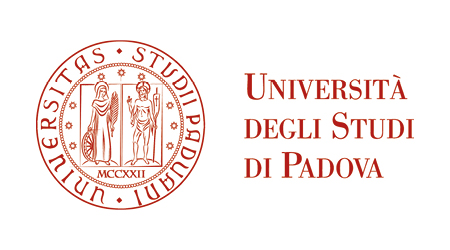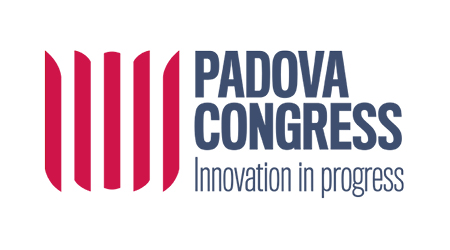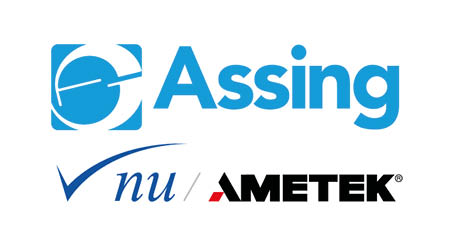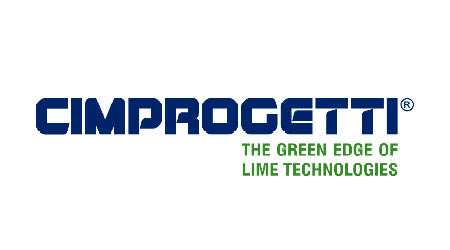Le Geoscienze e le sfide del XXI secolo
Padova, 16-18 settembre 2025
Elenco Temi e Sessioni
Chair: Elisabetta Rampone & Cecilia Viti
This theme explores the formation, differentiation, and evolution of Earth's interior with a focus on magmatic and metamorphic processes, mineral physics, crystal-chemical reactions, and crystal structures. It examines the processes that shaped the Earth's core, mantle, and crust, emphasizing melting, melt generation and transport, deep recycling of crustal components, melt/fluid-rock interactions and chemical/mineralogical transformations. By studying these key mechanisms, sessions offer insights into the geodynamic behavior of our planet and other celestial bodies.
P1. Shaping mantle heterogeneity through field observations, experiments and modeling
P2. Unveiling crustal processes by rock micro- and nanostructures and crystal structures
P3. Advances in mineral sciences: exploring Earth and rocky bodies' building blocks
P4. Mineral physics and crystal chemistry: crucial tools for Earth Sciences
P5. Metamorphic petrology and petrochronology - reading and learning at the library of crustal rocks
P6. A journey through planetary geology: Insights from remote sensing, petrographic and mineral studies
P7. From deep feeding systems to eruptive processes: petrologic tools for probing volcanoes
Chair: Cristiano Collettini & Anna Maria Marotta
This theme focuses on the natural processes that drive the continuous evolution of the Earth. Participants will explore topics such as mantle convection, plate tectonics, crustal deformation, and the interplay between deep Earth processes and surface phenomena. By integrating insights from geophysics, geology, and geochemistry, the theme highlights the complexity of Earth's dynamic systems and their role in the planet's geological and environmental evolution over billions of years. Understanding these processes is key to deciphering Earth's history and predicting future geological changes.
P8. Earthquake faulting as a short-term manifestation of the dynamic Earth
P10. Cross-disciplinary investigations of extensional systems in continental and oceanic lithosphere
P11. Faults, fluids, and fractures: bridging structural, mechanical and geochemical perspectives
P12. Earth surface – biosphere interactions: analysis of surface dynamics at different temporal scales
P14. Unravelling the mechanisms, timing and conditions of fluid flow within sedimentary basins
Chair: Luca Menegon & Eduardo Garzanti
This theme is dedicated to the comprehensive study of mountain belts, examining their formation, characteristics, and significance within Earth's geological framework. Mountain belts, formed through continental collision, and subduction, are crucial to understanding the dynamics of our planet. Participants will explore various types of mountain belts, including fold and thrust belts, volcanic arcs, and rift-related mountains, while discussing their unique geological features and evolution over time.
P15. The erosional evolution of mountain belts: sedimentary record in different geodynamic settings
P16. Mountain belts: natural laboratories for the short- and long-term rheology of the lithosphere
P17. Stressing the Apennines: from pre-orogenic to post-orogenic events
P18. The role of CARG project as an indispensable tool for advancing Geoscience
P19. Mountains in motion: decoding the Alpine-Himalayan orogen
Chair: Mariano Parente & Annalisa Ferretti
This theme examines the dynamic interplay between climate change, the sedimentary record, and the evolution of life throughout Earth's history. Key topics will include: the interpretation of sedimentary records as indicators of past climate conditions; the role of climate change and paleoenvironmental perturbations as major drivers of faunal turnovers and biological crisis; the feedback mechanisms between sedimentation, climate, and biota.
P21. Biotic and sedimentary responses to past climate change: from deep geological time to recent
P25. Climate modelling and observations to enhance understanding of the climate system through time
P27. Advances in Phanerozoic research through chemostratigraphy and isotope stratigraphy
P28. Microfossils as fundamental tool in Geology
P29. Development on stratigraphy for understanding climate change impacts
Chair: Francesca Salvi, Andrea Brogi & Diego Gatta
As global demand for energy and raw materials intensifies increases, it is essential to identify new sustainable exploration techniques and characterization protocols, aimed at finding georesources and making better use of them by rethinking how we exploit, use, and manage these resources responsibly. The theme will cover new methods for geological and geophysical data integration for georesources exploration, innovations in sustainable mining practices, energy storage and CCS projects, the development of environmentally friendly materials, and breakthroughs in renewable energy sources. Special attention will be given to the life cycle of materials—from extraction to recycling— and how advances in technology and policy can mitigate environmental impacts. By fostering interdisciplinary collaboration among geoscientists, materials scientists, and energy experts, the theme will address the challenges and opportunities of securing resources while safeguarding ecosystems and promoting long-term sustainability.
P30. Mineral resources: new routes for a secure and sustainable supply
P32. Hydrogeology and geochemistry of mineral and thermal waters
P35. Underground as sustainable energy resource
P37. Advanced waste valorization: transforming waste to geo-resources
P38. Characterization and application of carbon-based materials: from sediments to sustainable solutions
Chair: Marta Pappalardo & Massimo Pompilio
This theme explores the geological processes that have shaped Earth's surface over time. It examines how endogenous forces, such as tectonics and volcanism, along with exogenous forces related to the atmosphere, hydrosphere, cryosphere, and human activities, have created and transformed landscapes that define our planet. These processes have influenced Earth's past on long timescales, yet continue to reshape the environment today, often through rapid events like volcanic eruptions, collapses, landslides, and flash floods. We invite contributions that study these processes to deepen our understanding of how the Earth works and help us prepare for future changes.
P39. Geological constraints on landscape evolution
P40. Construction versus destruction processes at volcanic terrains
P41. Submarine evolution in volcanic settings and continental margins
P42. Tectonics and surface processes shaping topography across space and time
P44. Cryosphere and water resources: dynamics, impacts and future perspectives
Chair: Francesca Bianco (INGV, Napoli) & Fausto Guzzetti (CNR Perugia)
In many regions of the world, and particularly in Italy, natural hazards are frequent and widespread, posing serious threats to people, property, heritage, the economy, and the environment. Positioned at the intersection of science, technology, the environment, and society, the theme invites contributions presenting innovative research on environmental resilience and sustainability in relation to geological, geophysical, geomorphological and hydrological hazards. It also welcomes applications and technological advancements in monitoring and observation aimed at improving our understanding and ability to anticipate the hazards and their consequences across temporal and spatial scales. The theme appeals to scientists, engineers, scholars, practitioners, and policy makers, encouraging multidisciplinary and interdisciplinary contributions. Submissions should address theoretical issues and examples of integrating monitoring and observation data, advanced computational modelling – including artificial intelligence – with socio-economic and environmental data. The goal is to improve decision making and help shaping a sustainable and resilient future.
P49. Urban geomorphological landscape evolution under the human activities pressure
P50. Landslide detection and forecasting: challenges and opportunities for Italian Geology
P52. Estimating earthquake site effects: an integrated perspective combining geology and Geophysics
P54. The strength of multi-proxy studies for groundwater research: state of the art and new perspectives
P55. Climate-driven hydrogeochemical risks: pathways to resilience and sustainable management
Chair: Gilberto Artioli & Germana Barone
This theme explores the intersection of geoscience and cultural heritage, highlighting how geological knowledge contributes to the preservation of historical sites and artifacts. It also focuses on geoscience outreach, promoting public understanding of Earth sciences through education, community engagement, and cultural initiatives. The theme emphasizes the role of geoscience in safeguarding heritage while fostering broader societal awareness of Earth's processes and resources.
P56. The importance of Geosciences towards Cultural Heritage valorization and conservation
P57. Geoscience outreach: the role of museums and social education
P58. Communicating geo-risks: science, play, and art for inter-& trans-disciplinar sustainability
P60. Roots and future of Geosciences: a historical perspective


.jpg)

.jpg)
.png)

.jpg)

